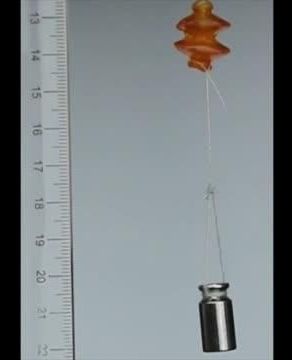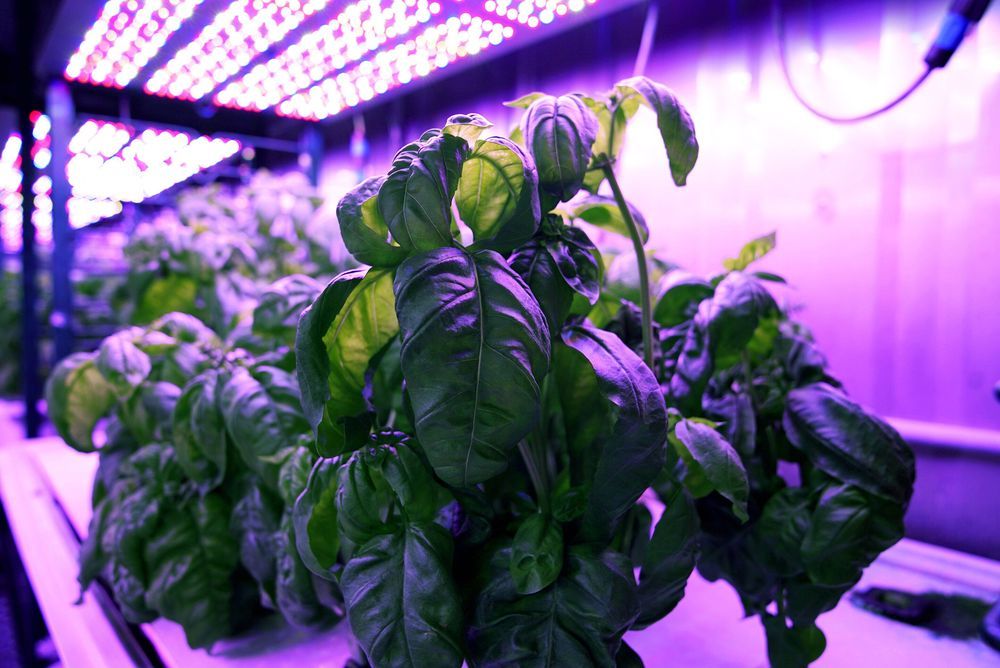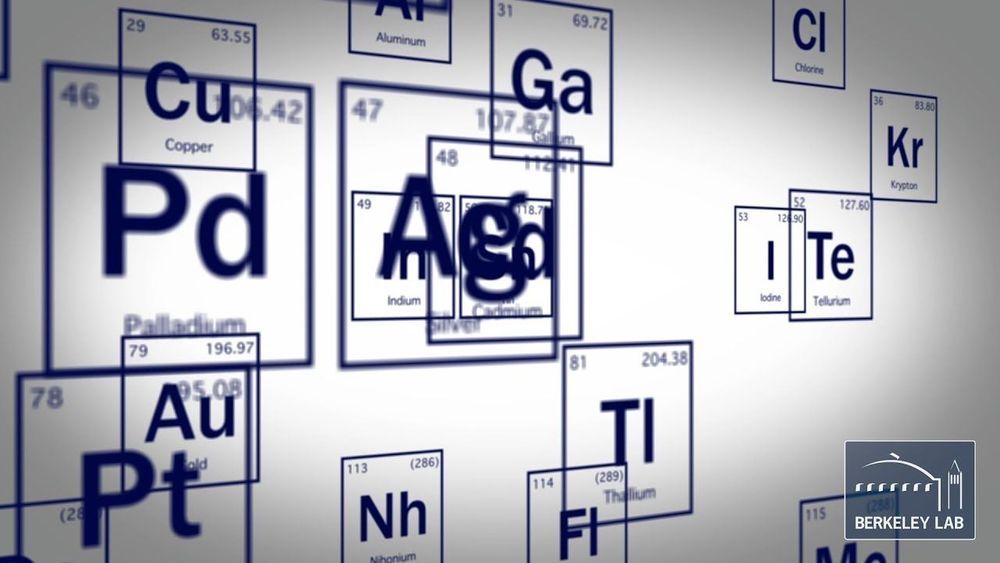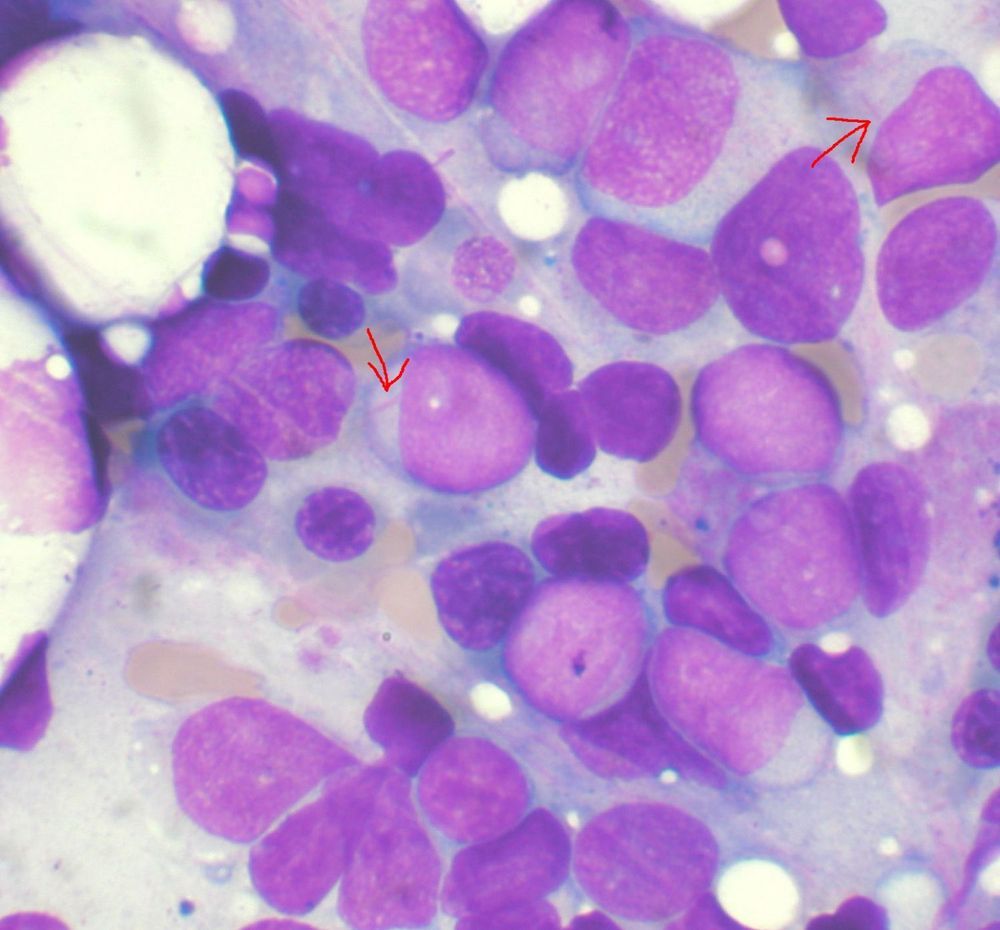Apr 13, 2019
From medicine to nanotechnology: How gold quietly shapes our world
Posted by Genevieve Klien in categories: biotech/medical, chemistry, nanotechnology
The periodic table of chemical elements turns 150 this year. The anniversary is a chance to shine a light on particular elements – some of which seem ubiquitous but which ordinary people beyond the world of chemistry probably don’t know much about.
One of these is gold, which was the subject of my postgraduate degrees in chemistry, and which I have been studying for almost 30 years. In chemistry, gold can be considered a late starter when compared to most other metals. It was always considered to be chemically “inert” – but in recent decades it has flourished and a variety of interesting applications have emerged.


















